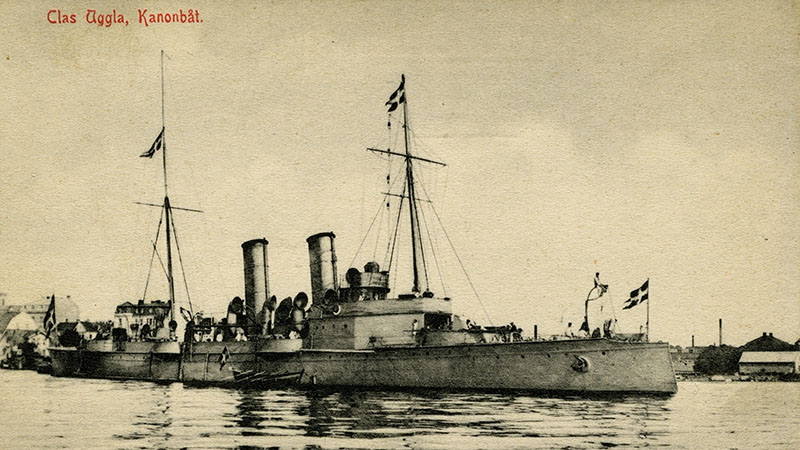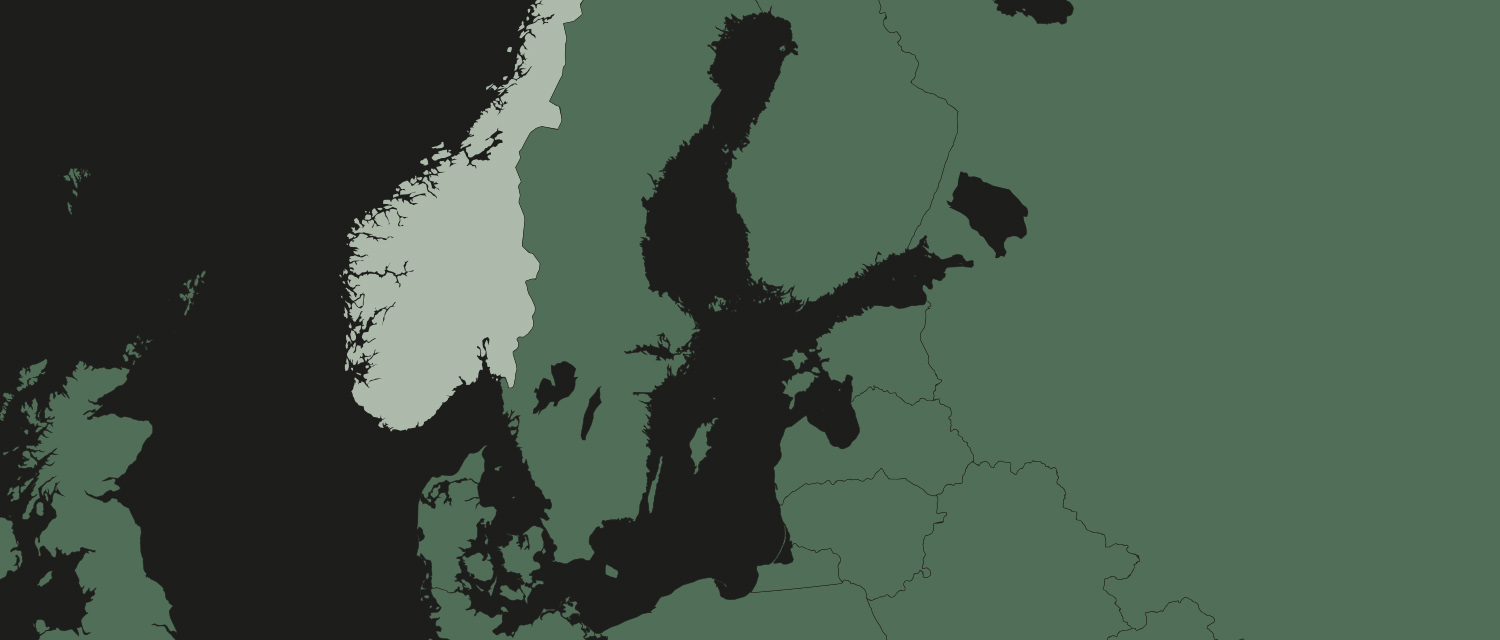Between 1896 and 1900, five torpedo cruisers were built at shipyards in Gothenburg, Malmö and Stockholm: Örnen, Jacob Bagge, Claes Horn, Claes Uggla and Psilander. The torpedo cruisers, also known as torpedo gunboats, lacked armour and were used for surveillance and reconnaissance, among other purposes. Their main armament consisted of two 12-cm long guns on deck and a 38-cm torpedo tube in the bow. The vessels had a crew of 104 men.
Facts
Deep: 24 - 30 metres
Build: 1899
Length: 70 metres
Width: 8 metres
Shipwreck: 1917
Ship type: torpedo cruiser
Claes Uggla was built by Bergsunds Mekaniska Verkstad at the Finnboda slipway in Stockholm. She was launched in December 1899 and commissioned in November 1900. She was named after admiral Claes Uggla, commander of the warship Svärd, which sank at the southern tip of Öland in June 1676. Claes Uggla, together with the armoured boats Oden, Thor and Niord, were the first warships to be equipped with wireless ship radios as early as 1901.
In June 1917, Claes Uggla took part in an exercise in the area around the Ulvöarna islands and went at full speed on a shoal south of the island of Gnäggen, about two nautical miles south of Ulvöarna. She got stuck on the rocks and soon took in water, which caused her to list considerably. Warships sent to the scene made attempts to pull her free, to no avail.
When the salvage steamer Heracles arrived on the scene, further unsuccessful attempts were made to get her afloat. When the salvage vessels Helios and Ajax arrived, attempts were made to blast away part of the rocks to facilitate a salvage, but this failed too.
Instead, work began to disarm the ship. The parts that could be reused were dismantled and disposed of. On 30 August the wind picked up, and during the night that followed Claes Uggla broke in two and sank.
Today, the well-preserved remnants of the torpedo cruiser lie about 24-30 metres deep.


